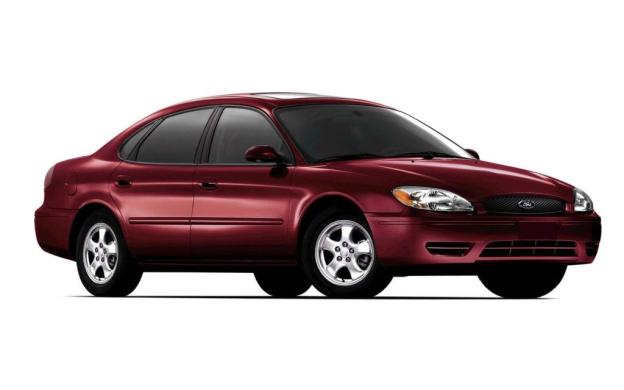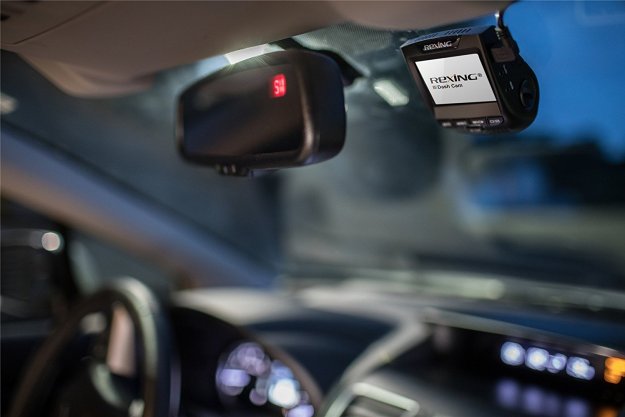 A 2005 Ford Taurus usually isn’t something to be concerned about, but that might change. The National Highway Traffic Safety Administration (NHTSA) is widening an investigation into stuck gas pedals on 2005 and 2006 Taurus models (including the identical Mercury Sable). Will the Taurus join the Toyota Camry and Audi 5000 under the pall of unintended acceleration?
A 2005 Ford Taurus usually isn’t something to be concerned about, but that might change. The National Highway Traffic Safety Administration (NHTSA) is widening an investigation into stuck gas pedals on 2005 and 2006 Taurus models (including the identical Mercury Sable). Will the Taurus join the Toyota Camry and Audi 5000 under the pall of unintended acceleration?
The investigation began when 14 consumers complained of stuck throttles. The NNTSA initially looked at 395,000 vehicles, but is now requesting information on an additional 1.52 million cars. Karen Aldana, an NHTSA spokeswoman, told the New York Times that her agency is looking at 2001-04 models “to obtain a basis of comparison,” with the 2005 and ’06 vehicles. Only the original batch of 395,000 cars is suspected of having a defect.
“My accelerator is sticking,” said one complaint posted on the NHTSA Web site by an anonymous 2006 Taurus driver. “This occurred after my cruise control quit @ very low miles. My accelerator will simply act on its own. It occurs either engage [sic] in gear or not.” The NHTSA’s report state that drivers had trouble slowing their cars, even with their brakes, and that engines continued revving at 4,000 rpm after the cars were shifted into park or neutral.
The NHTSA said the cruise control cable may become detached and hold the throttle open. The 2005-06 Taurus and Sable have a mechanical cruise control system, unlike the fully electronic systems in newer cars. Some of the complaints reported the problem could be solved by tapping the gas pedal, others said the cruise control cable had to be replaced.
The investigation is ongoing, but don’t run for cover if you see a Taurus lumbering down your street. Sticking throttles make great sensational journalism, but the threat is usually overstated. A 60 Minutes report on unintended acceleration destroyed the reputation of the Audi 5000, and nearly forced Audi out of the U.S. market. The culprit was actually driver error: the 5000’s pedals were closer together than in most American cars. More recently, Toyota was plagued with unintended acceleration cases, the vast majority of which were attributed to driver error.
If your Taurus does develop a mind of its own, remember to use the brakes. They can always overpower an engine, although normal pressure may not be enough if the car is moving fast. Your brakes will stop the car eventually, but you might have to stand on the pedal with both feet. And, of course, you can always shift into neutral, which cuts the engine off from the wheels.
So far, no recalls have been issued. The NHTSA said Ford is fully cooperating with the investigation.


